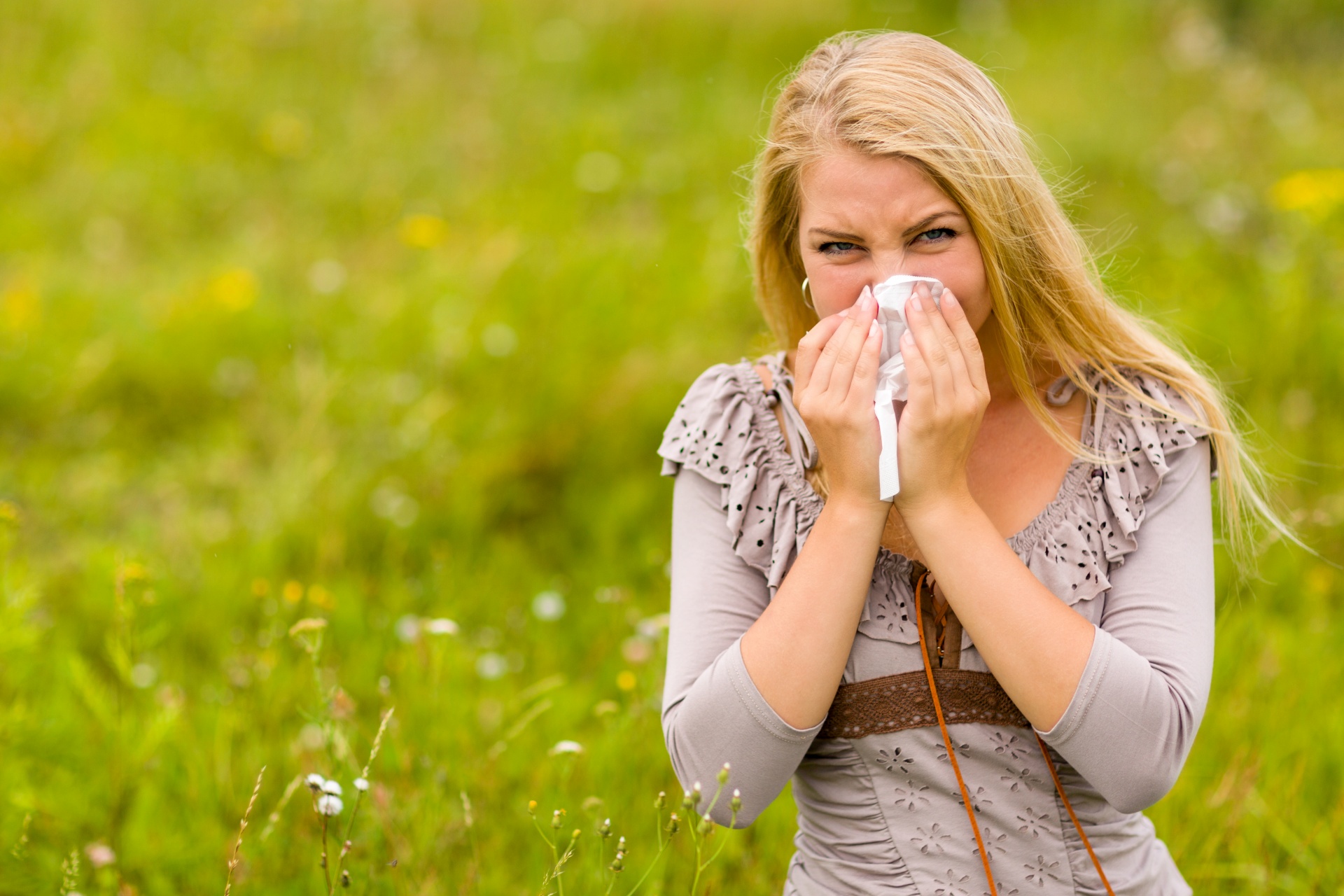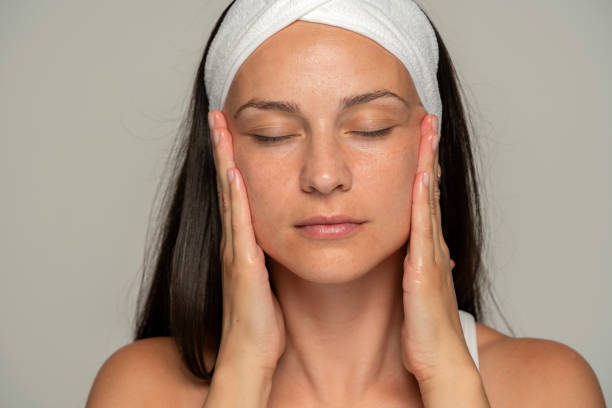Allergic Rhinitis- Causes of Year-Round Allergies

Year-Round Allergies or Allergic Rhinitis is an allergic reaction, which happens when the immune system overreacts to something in your environment.
In short, the body reacts to the environmental trigger that is usually harmless, as if it was a threat to the body like a Virus.
Some of the common Allergic Rhinitis symptoms are similar to those of a cold. They include:
- Stuffy or runny nose
- Sneezing
- Coughing
- Watery or itchy eyes
- fatigue
- Headache
If you experience Allergic Rhinitis only during certain times or seasons of the year, then chances are you have “hay fever” or “seasonal allergies.” You may be allergic to some outdoor triggers like pollen.
If you experience allergies all year round, you may be allergic to indoor triggers.
This article has mentioned some of the common indoor allergic rhinitis triggers.
Causes of Year-Round Allergies
Pet dander
Dander are tiny bits of dead skin that keep flaking off the animals. These are found on surfaces and in the air where the pets live.
Because these pet dander is microscopic and lightweight and usually have rough edges, they stick easily to furniture, clothing, and carpet. This spreads them easily around the environment, like inside your home.
Certain types of pet dander may trigger allergic reactions more than others. For instance, cat allergies are more common than dog allergies. Also, not all dog breeds may trigger allergies. Some dog breeds, particularly “hypoallergenic” dog breeds, may not trigger an allergic reaction as much.
Cats and dogs that don’t shed much or do not have a heavy coat like schnauzers and poodles can be safe options for people with year-round allergies.
Tips for pet dander allergies:
If you have pet dander allergies but still want to keep a pet, then talk to your doctor. Consult them for any particular breeds that would be safe and less triggering to allergies.
If you own a pet, then take some measures to minimize pet dander in the environment.
For instance:
- Regular baths to pets
- Vacuum floors and furniture regularly.
- Wash and change beddings regular basis.
- Keep the pet off furniture and away from the bedroom.
- Get rid of carpet or vacuum and clean rugs and carpets regularly.
Mold
Mold is a category of fungus which usually grows in damp places. These can grow almost everywhere if g9ven the right conditions. For instance, it usually grows on the ground:
- Garages, basements, and sheds
- bathroom flooring and walls
- air conditioners
- refrigerators
If your house has a poor ventilation system and high humidity level, the chances of mold in your house increase.
Tips for mold allergies:
To prevent the growth of mold:
- Proper ventilation in damp areas. For instance, use an exhaust fan in bathrooms when showering.
- Install a dehumidifier in areas that smell musty or humid. Always clean the humidifier’s coils and filters regularly.
- Eliminate the sources of excess moisture—for instance, leaky pipes or shingles.
- Keep the gutters and drainage areas around the house.
Call a professional to clean if you notice mold spreading across your home in more than 10 square feet of area.
Dust mites
Dust mites can also be one of the causes of your allergies all year-round. These are tiny bugs living in household dust. These feed on moisture in the air and human skin cells.
These dust mites’ bodies, feces, and saliva also constitute part of the dust and trigger your allergies.
Tips for dust-mite Allergic Rhinitis:
Follow these tips to keep away the dust mites:
- Cover your pillows and mattress with zipper plastic covers.
- Wash your bedding and rugs regularly in hot water.
- Replace the carpet with tile or wooden floors.
- Use hard window coverings, like blinds, instead of curtains.
- Vacuum your house regularly. Invest in a high-efficiency particulate air (HEPA) vacuum cleaner with a filter.
Cockroaches
It may sound weird, but yes, even cockroaches and some insects are common allergy triggers. If your workplace or home has cockroaches, you can inhale their saliva, feces, and tiny particles from their body which can cause allergic reactions.
Cockroaches can be notoriously difficult to get rid of from any place. These can easily thrive in any environmental condition; usually, they prefer areas with lots of food and moisture.
Tips for Cockroach or insect allergies:
Follow these tips to minimize the infestation of cockroaches and insects:
- Don’t leave food (human or pet) out.
- Cover the trash cans properly clean dirty dishes and food crumbs on surfaces immediately.
- Seal all your cracks in your floors and walls, where cockroaches can infest.
- Fix all the sources of excess moisture.
- Use cockroach traps and baits to kill them.
- Keep an exterminator spray handy and use it regularly.
Final words:
If you experience allergies all year round or have allergic rhinitis, avoiding allergic triggers can minimize your symptoms.
If you cannot determine the causes of your allergic reaction or trigger, consult your doctor. Your doctor may refer you to getting allergy tests done. Once you have figured out the cause of your Allergic Rhinitis symptoms, you can take the necessary measures to prevent them.
Many indoor Allergy triggers can be prevented by keeping the house clean and ventilated. For instance, regularly vacuuming the furniture and floors, cleaning upholstery, and changing pillow covers and beddings.
Repairing leaks or any other source of excess moisture will also help in limiting the causes of Allergic Rhinitis.






